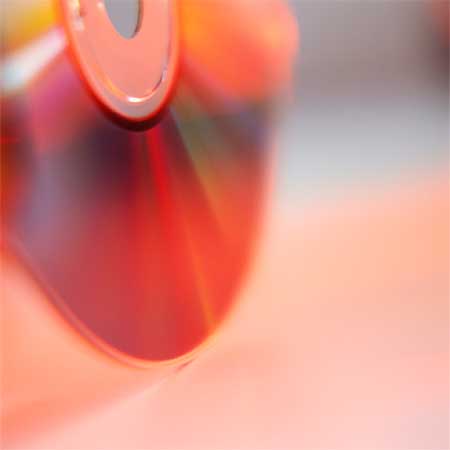
When it comes to digital transformation in education, I wonder if we can look at what happened to the music retail industry and the impact of digital over the last few decades.
Of course you can’t directly compare and map what happened to music with education, but there are parallels and similarities, which can help us to reflect on what might and could happen in education.

Originally retail music was analogue, firstly with vinyl and then the audio cassette.
Bands and musicians would make music and then (usually through a record company) would cut a record, which would then be sold in record shops.
As a teenager I remember my local record shop, Andy’s Records in Cambridge and flipping though the singles and albums on sale.

In the 1980s we saw the digitisation of music with the release of the CD or compact disc in 1982. CDs were designed to hold up to 74 minutes of uncompressed stereo digital audio.
When I was at University in the late 1980s I would buy music on CD. The experience was very much as it was before when buying vinyl and cassettes, though this time I was frequenting Our Price records. The albums that were available on vinyl were then released on CD. Though the 74 minute limit did result in some changes to some albums.

What the CD did do though was start to change the way in which people listened to music. It was now easier to skip tracks, repeat tracks or just go straight to the track you wanted to listen to.
This can be seen as very much as digitisation of an analogue experience.
In the 1990s using our home computers we were able to rip our CD collections and put the files on our local hard drives. The uncompressed digital audio files were so large, a CD would take up 650MB of data, that we would use compression technology to reduce the size of the files to (usually) 10% of their original file size. So that ripped CD would take up just 65MB on your hard drive.
Ripping CDs meant you could rip just the songs you wanted from an album, or even create your own albums through the creation of playlists.
The concept of listening to an entire album, though entirely possible to do using mp3s in the same way as you could with vinyl was starting to be replaced by people choosing how they wanted to listen to music.
The late 1990s saw people using the internet to start sharing their mp3s, which was epitomised with the Napster peer-to-peer file sharing service.. Now you could share your music with others and listen to their music (ignoring the illegalities of this whole process). Napster ceased operations in 2001 after losing a wave of lawsuits and filed for bankruptcy in June 2002.
The music industry responded to Napster with not just lawsuits, but also licensing digital music through services such as Apple’s iTunes. Now you could buy not just albums, but you could also just buy a single track from an album. You could buy playlists of music as well, not just from music publishers, but also the lists of other music enthusiasts.
The release of the iPod (and other mp3 players) also changed not just how people listened to music, but also where they listened to music. Though the same could be said about the Sony Walkman twenty years before.
The move to digital music files can be seen as digitalisation of music.
The concept though was still there of an individual buying music which you then owned. You bought vinyl, you bought a CD and now you bought digital music files.
Where we really saw digital transformation of music was in the emergence and growth of subscription streaming services such as Spotify, Amazon Music, and Pandora.

We can think of music streaming as something relatively new, well the concept is a little older than that. Beginning in 1881, Théâtrophone enabled subscribers to listen to opera and theatre performances over telephone lines. This operated until 1932. However this was analogue, these new services are digital streaming services. You could stream music however you wanted, single tracks, albums, playlists, genres of music, or styles of music. Now you no longer bought music tracks or albums, you subscribed a service that allowed you to listen whatever tracks and albums you wanted, whenever you wanted. The only downside, was that when you stopped subscribing, you no longer had access.
I do see this very much as digital transformation. Music was no longer seen as a physical media, or something you owned. Streaming changed not just the way you listened music, but also the kinds of music you could listen to. Sometimes it constrained, and for others it liberated their listening.
So what does this mean for education?
Well don’t make the mistake of equating music tracks with something like a lecture. Digital transformation of education is not about the Napsterfication of lectures or creating an education version of Spotify.
What we can learn from digital music is reflecting on the differences between the digitisation of education, the digitalisation of education and then the digital transformation of education. Recognising where you are, but also thinking about where you want to be and how you will get there.






